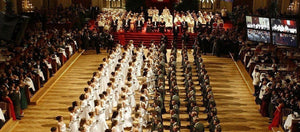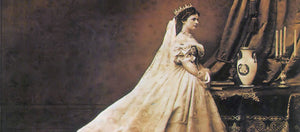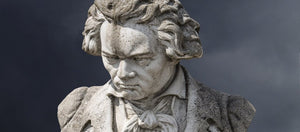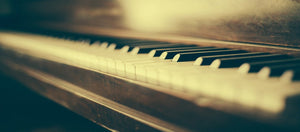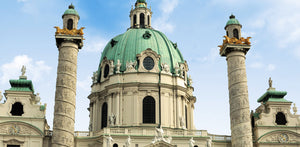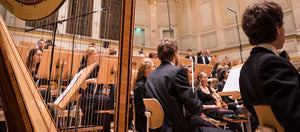The History of Opera in Vienna
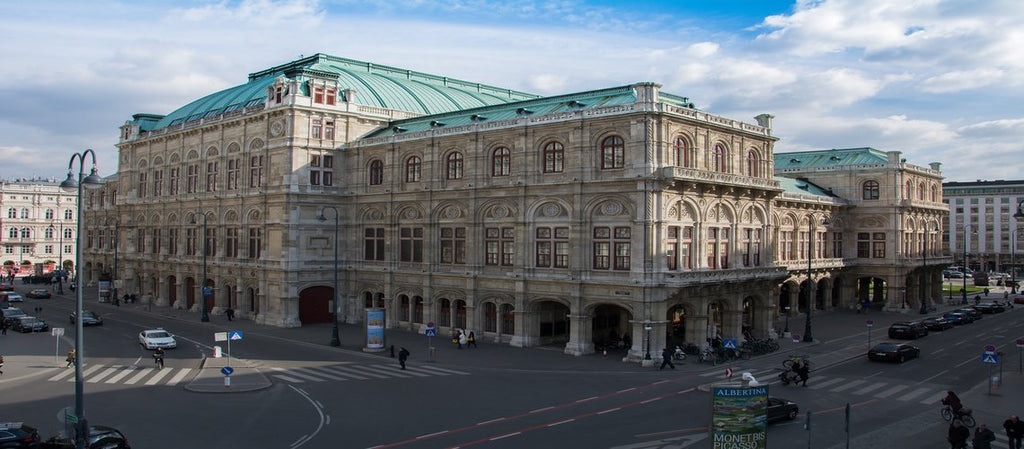
Although both opera and ballet were born out of royal entertainments in France and Italy in the 17th century, Austria has become just as well-known for the spectacular art forms. The incredible performances were most commonly used by nobles and kings to celebrate political visits, celebrate marriages and to display their immense wealth and control.
Today, operatic performances aren’t restricted to the rich and powerful. Shows are performed all around the world, attracting thousands of people who settle down in front of a stage and prepare themselves to be awe-struck.
What is opera?
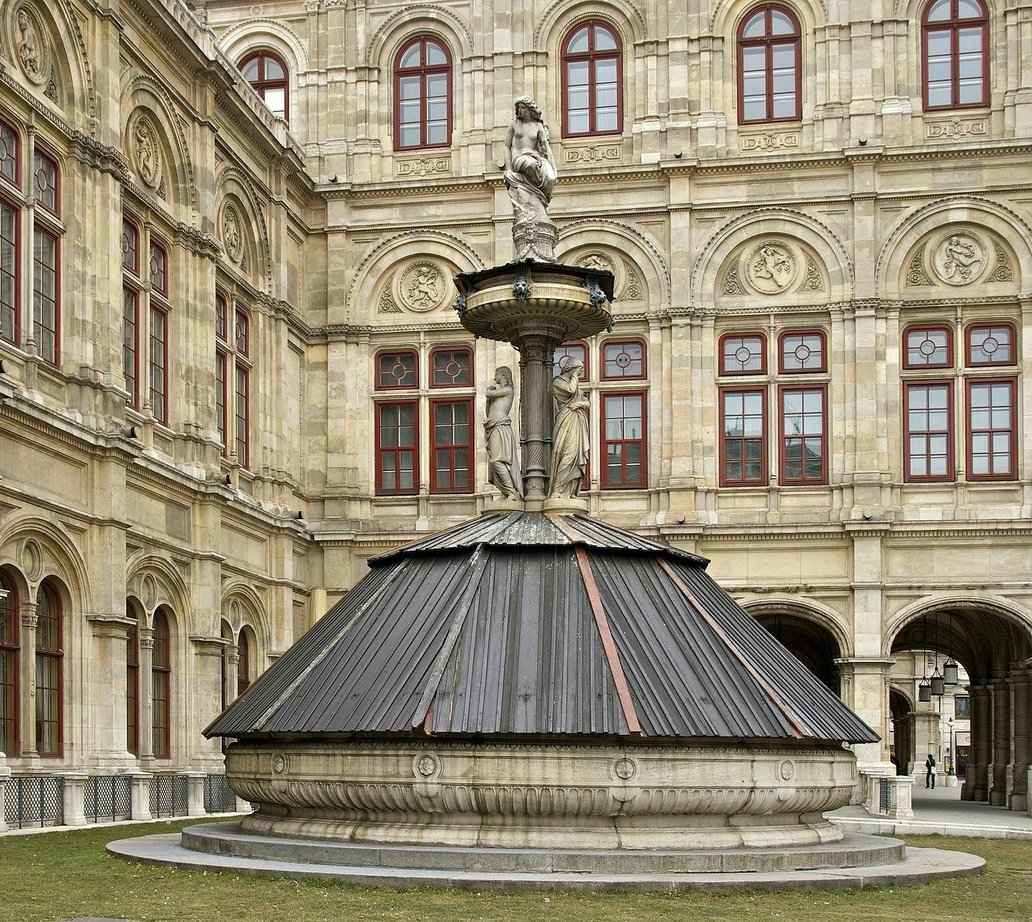
Opera music is characterised by a combination of theatrical melodrama and dramatic expression. It blends singing, music, poetry, dance, extravagant costumes and technical effects to create one of the most flamboyant forms of musical performance. When they first began, the stories were often taken from classical mythology, looking at the parallels between the mythical heroes or gods and the ruler. But now, passion and intense human emotion are also common themes, with scripts based on stories of war, revenge and forbidden love.
The Vienna State Opera
The Vienna State Opera House (known as the Staatsoper in Vienna) is one of the top opera addresses in the world and one of the most popular tourist destinations in Vienna. Every year thousands of music lovers flock to the grandiose building to see some of the biggest and best operatic works performed live in an authentic setting.
The famous stage puts on a different programme every day, with more than 60 operas and ballet works performed throughout the 300-day-long season. Pieces performed range from the Baroque period all the way up to the 21st century, with a strong focus on the 19th century. Huge names including Enrico Caruso, Maria Callas and Luciano Pavarotti have all played here. And even though there are almost daily performances, tickets frequently sell out. So if you really want to see a performance here, it’s important to book up as early as you can.
Construction of the building began in 1861 and took eight years to complete. When it opened in May 1869, the magnificent building was the first to be finished on the new ring road. It featured an imposing Neo-Renaissance style which reflected the origins of its art. At the time, it was called the Vienna Court Opera (Wiener Hofoper). It wasn’t until 1920, when the First Austrian Republic replaced the Habsburg Monarchy, that it was renamed the Vienna State Opera.
While Vienna was largely unaffected by WWI, WW2 saw extensive bombing damage throughout the historic city centre. On March 12th 1945, the Vienna State Opera was significantly affected by bombing. After much debate, it was decided that the building would be restored to its original splendor, which it was between 1948 and 1956.
While it was being restored, the Volksoper, a secondary opera house which opened in 1898, hosted the programme that the Vienna State Opera had planned to put on. This venue is still going strong and offers a variety of performances, including musicals, ballet, operas and operettas.
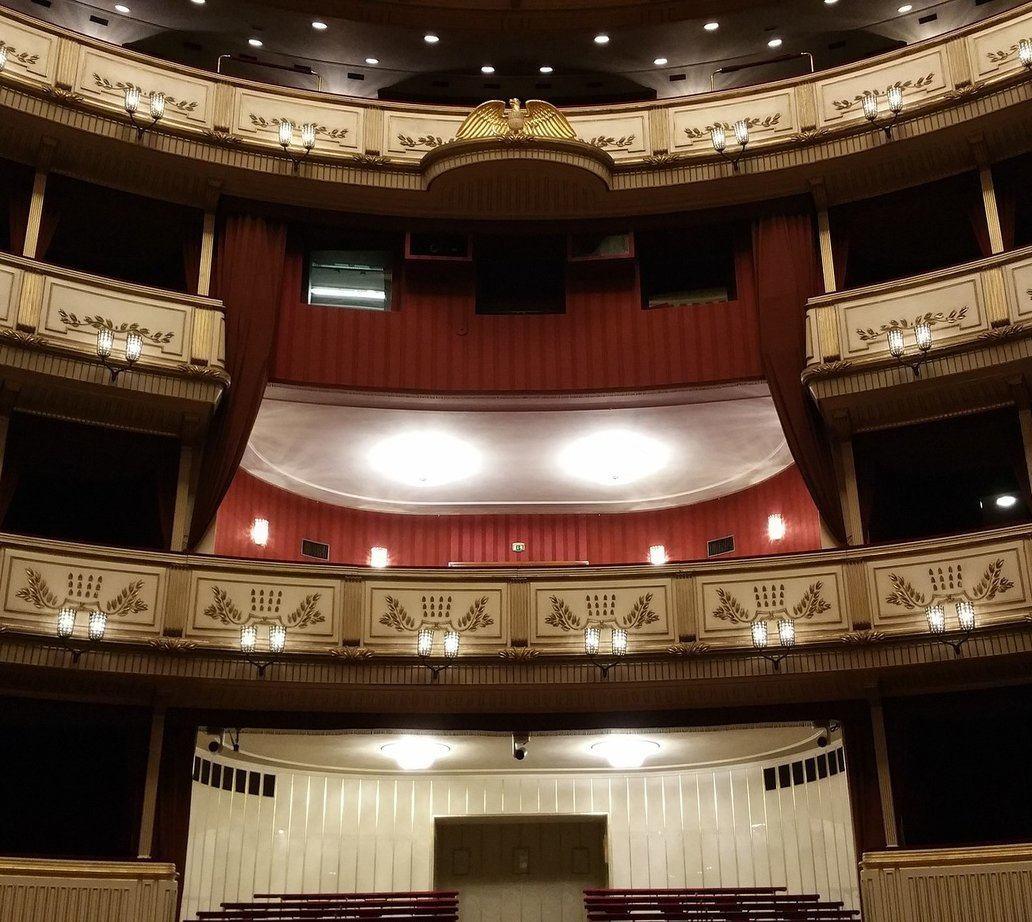
Vienna Opera Ball
During the Vienna Opera Ball, the Vienna State Opera transforms from a world-class stage into a grand ballroom. The committee, made up of around 150 pairs of young men and women dressed in smart tails and beautiful ball gowns, waltz around the room to celebrate the opening ceremony. After that, all other guests are invited to the dance floor for an enchanting evening of dancing, drinking and eating that goes on all the way into the early hours of the following morning.
Mozart
Mozart is Austria’s most famous operatic composer and was one of the very first to introduce the people of Austria to the then up-and-coming art form. Throughout his life, the master composed 22 operas which showcase incredibly expressive music. His work is designed to connect the audience with joy, pain, love, hate and indifference in a way no other operatic composer can. One of the aspects about his work that makes it so special is that it’s timeless. Even classics such as Don Giovanni and Cosí Fan Tutte are still relevant in today’s modern world.
In 1767, the Archbishop’s Palace in Salzburg was where one of Mozart’s early works successfully debuted. Just two months before Mozart’s early death, the Magic Flute (a whimsical piece which looks at the theme of good vs evil) debuted at Freihaus-Theatre auf der Wieden in Vienna and was also hugely successful.

Strauss
After Mozart, Johann Strauss II is probably the most famous operatic composer from Austria. He gained popularity in the 1800s when he helped a new, lighter version of opera called operetta develop throughout the city. This style of opera is defined by more relaxed, light-hearted storylines far away from the deep, serious nature of the original opera’s themes.
Vienna Mozart Orchestra at the Vienna State Opera
Experience the magic of Viennese opera for yourself by snapping up tickets to see the Vienna Mozart Orchestra at the State Opera. During this spellbinding evening you’ll be able to listen to Mozart’s greatest masterpieces in all their glory while being inside one of the most incredible buildings in Vienna. You’ll watch the 30 musicians that make up the orchestra perform in fabulous historical attire and play Mozart’s most popular pieces, as well as a selection from Strauss, including the Blue Danube Waltz and the Radetzky March.
If you’re celebrating a special occasion, you can add a three-course meal to your evening which you can enjoy before or after the show. As an added extra, you’ll also be treated to a glass of sparkling wine and an orchestra CD.


